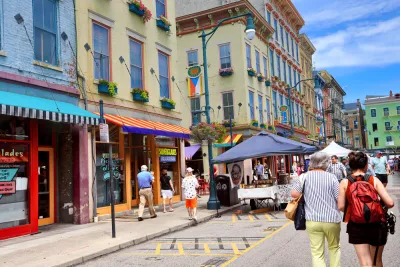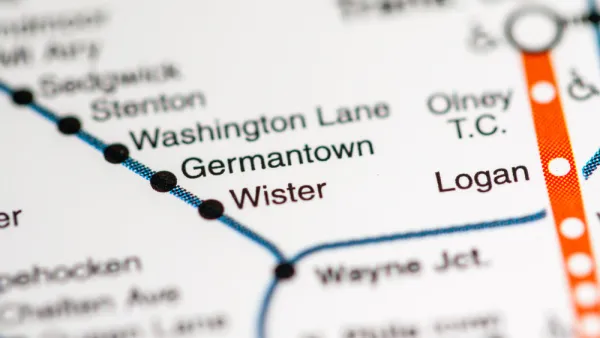The story is similar in Washington, D.C., Philadelphia, Los Angeles, Miami, Cincinnati, and Boston: scenes of widespread destruction—the fires, looting, and property damage of civil unrest—sow the seeds for redevelopment and gentrification.

Emily Badger and Quoctrung Bui report on a story familiar in cities around the United States, where "high-end development rises directly on top of Black neighborhoods that suffered the greatest damage during civil unrest decades ago."
"The sheer scale of harm to Black neighborhoods — from the conditions that led to unrest, from the buildings that burned then, from the years of neglect that followed — made it easier, when the time finally came years later, for developers and new businesses and residents to amass wealth," explain Badger and Bui.
"Many of these neighborhoods had bargain real estate, but also grand old housing stock, close to downtown, close to transit, with built-in commercial corridors. They also had vacant land and city-owned lots that could be assembled into larger developments."
The article drills down into geographic and historical specifics for examples from a number of U.S. cities, acknowledging that not all neighborhoods that have faced destruction and disinvestment meet the same fate, but for those that do, the history of violence is directly connected to the realities of contemporary gentrification.
Back in June 2016, Colin Woodard provided in-depth analysis of the example from Cincinnati cited by Badger and Bui—the neighborhood of Over-the-Rhine, scene of civil unrest in 2001 that is now one of the Midwest's most prominent examples of "urban revitalization."
FULL STORY: Riots Long Ago, Luxury Living Today

National Parks Layoffs Will Cause Communities to Lose Billions
Thousands of essential park workers were laid off this week, just before the busy spring break season.

Retro-silient?: America’s First “Eco-burb,” The Woodlands Turns 50
A master-planned community north of Houston offers lessons on green infrastructure and resilient design, but falls short of its founder’s lofty affordability and walkability goals.

Delivering for America Plan Will Downgrade Mail Service in at Least 49.5 Percent of Zip Codes
Republican and Democrat lawmakers criticize the plan for its disproportionate negative impact on rural communities.

Test News Post 1
This is a summary

Test News Headline 46
Test for the image on the front page.

Balancing Bombs and Butterflies: How the National Guard Protects a Rare Species
The National Guard at Fort Indiantown Gap uses GIS technology and land management strategies to balance military training with conservation efforts, ensuring the survival of the rare eastern regal fritillary butterfly.
Urban Design for Planners 1: Software Tools
This six-course series explores essential urban design concepts using open source software and equips planners with the tools they need to participate fully in the urban design process.
Planning for Universal Design
Learn the tools for implementing Universal Design in planning regulations.
EMC Planning Group, Inc.
Planetizen
Planetizen
Mpact (formerly Rail~Volution)
Great Falls Development Authority, Inc.
HUDs Office of Policy Development and Research
NYU Wagner Graduate School of Public Service





























